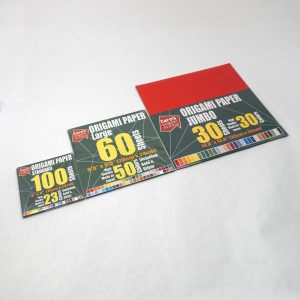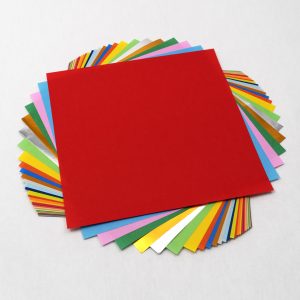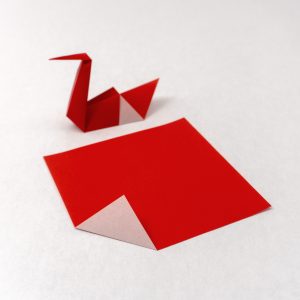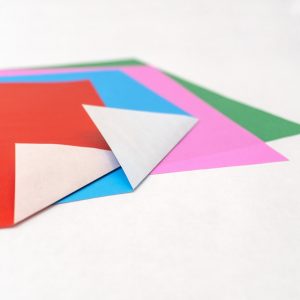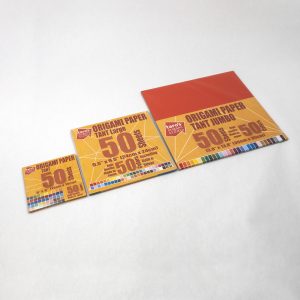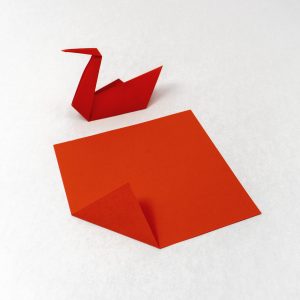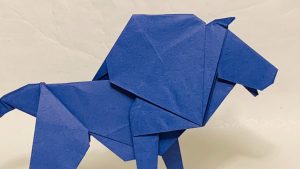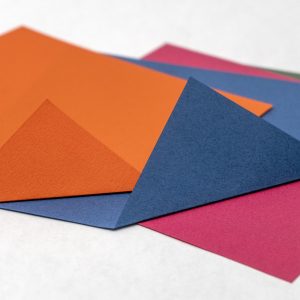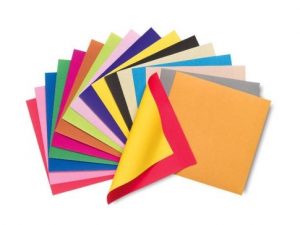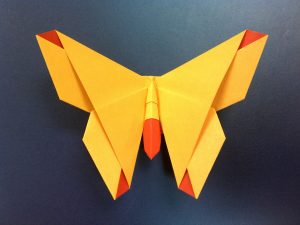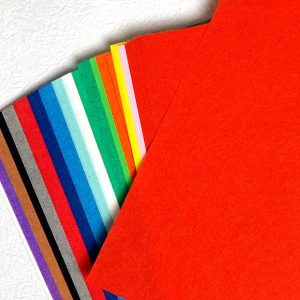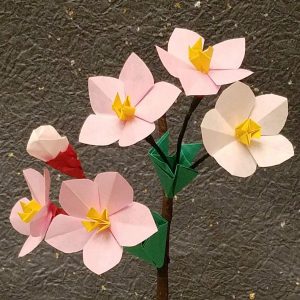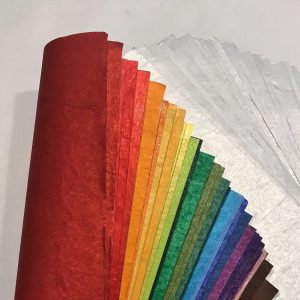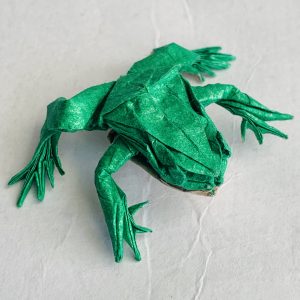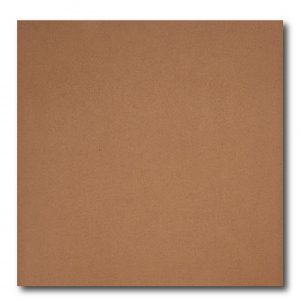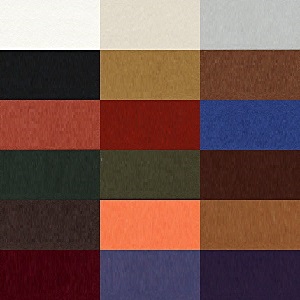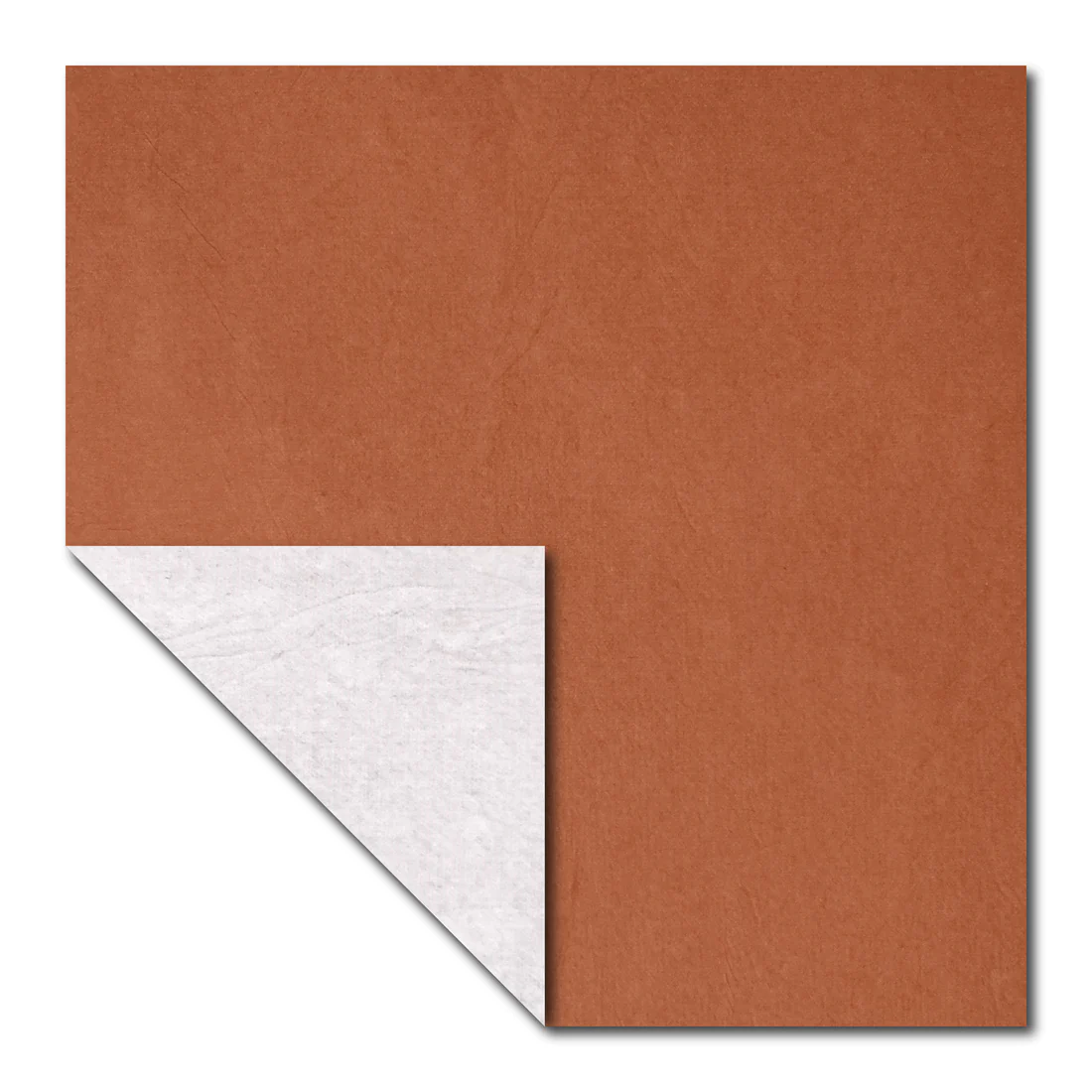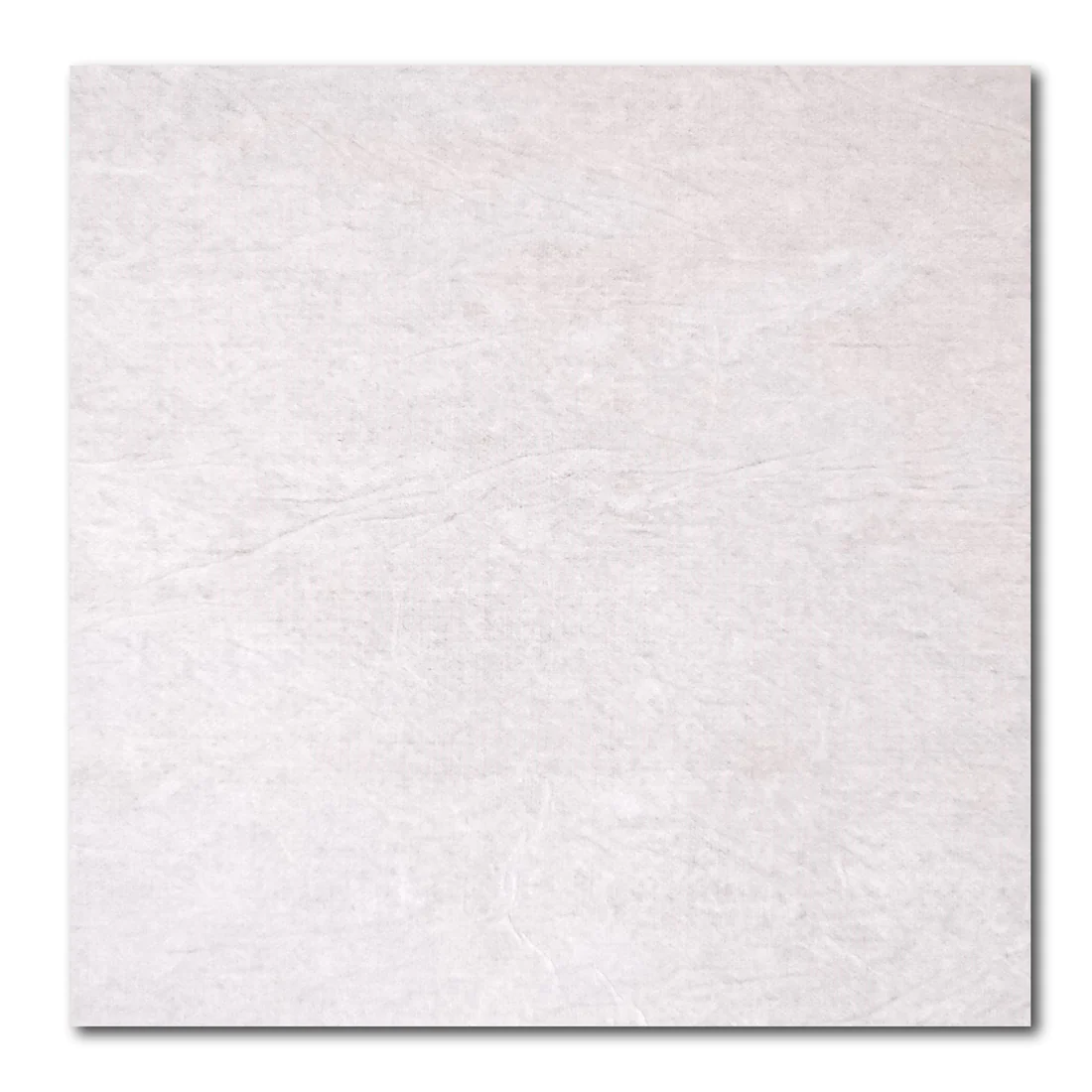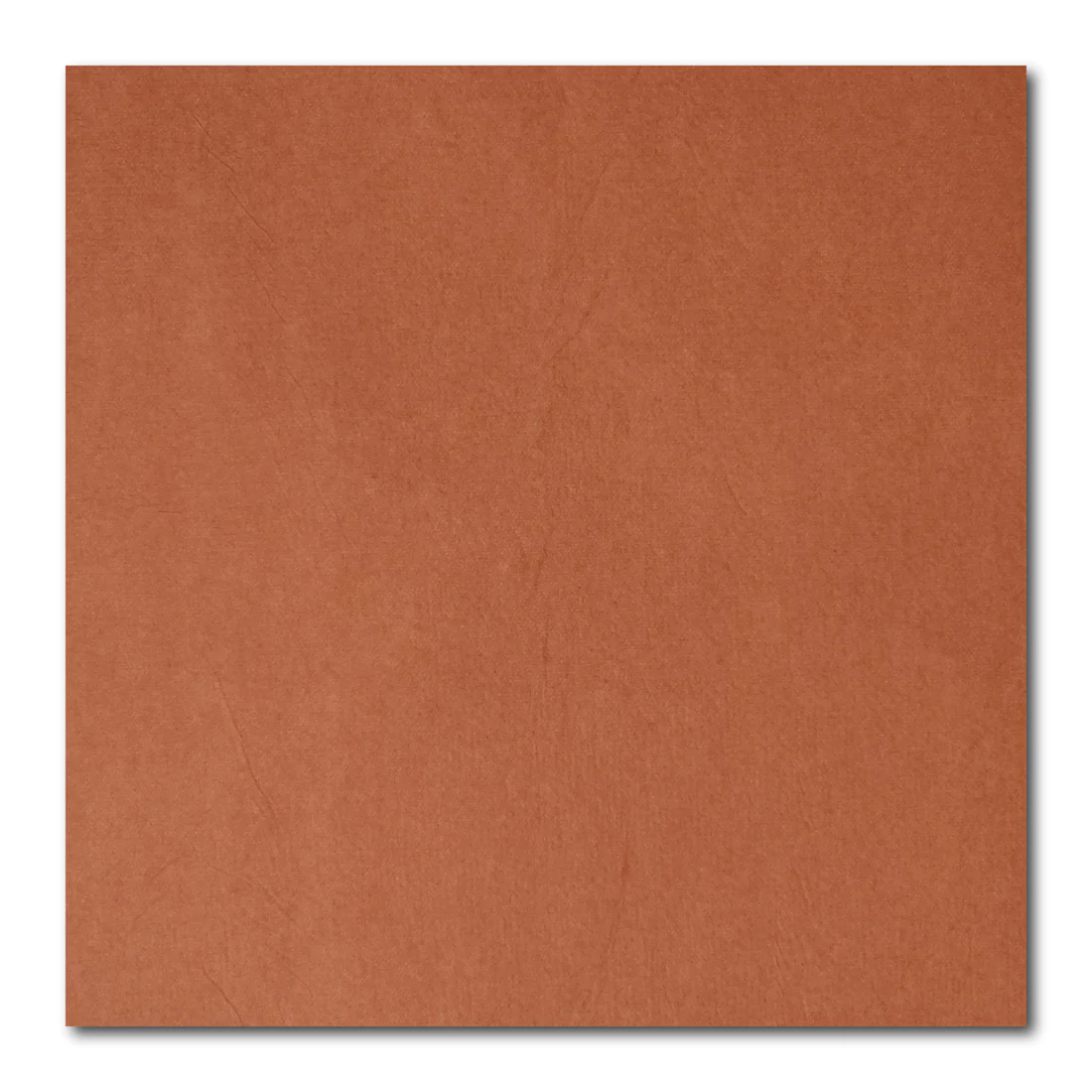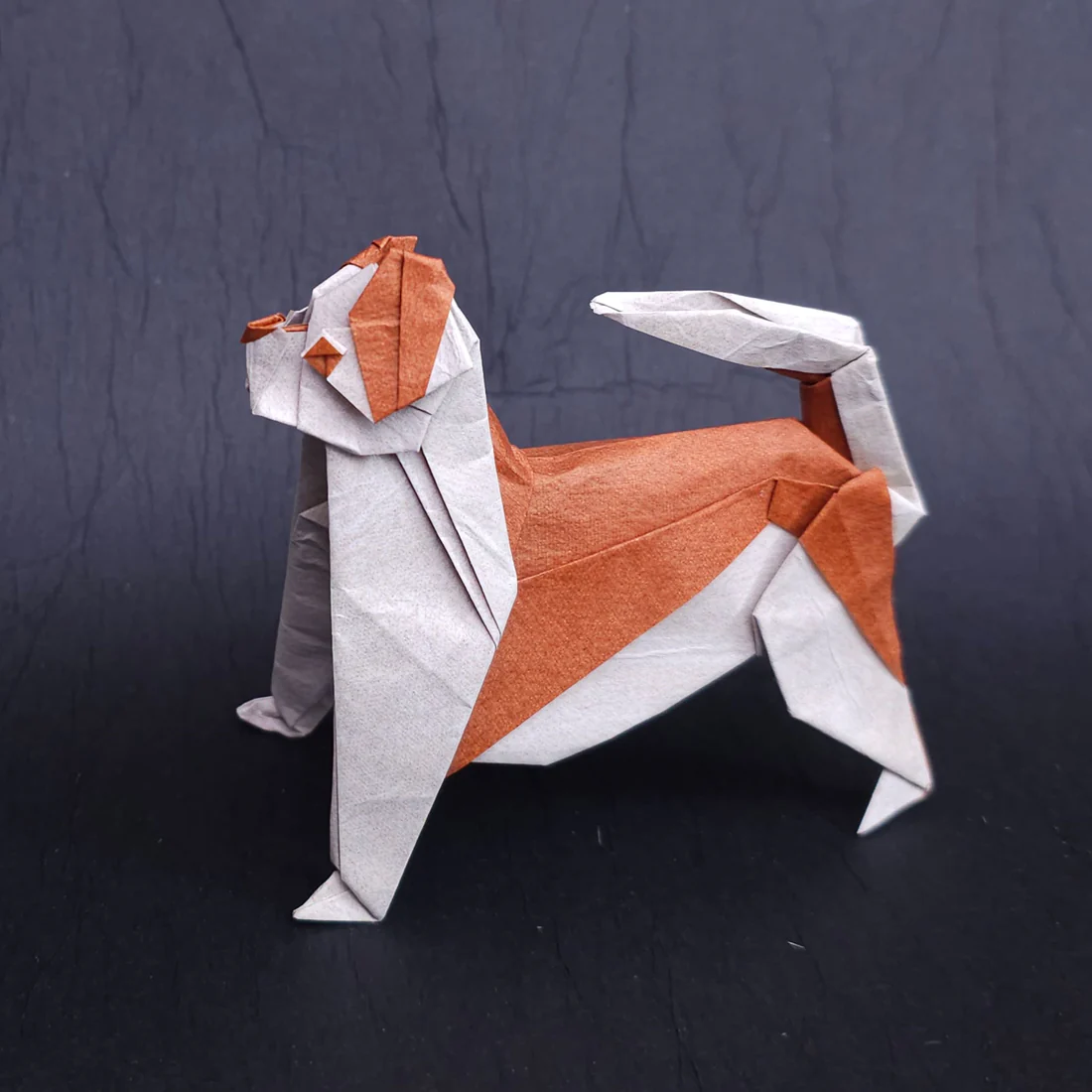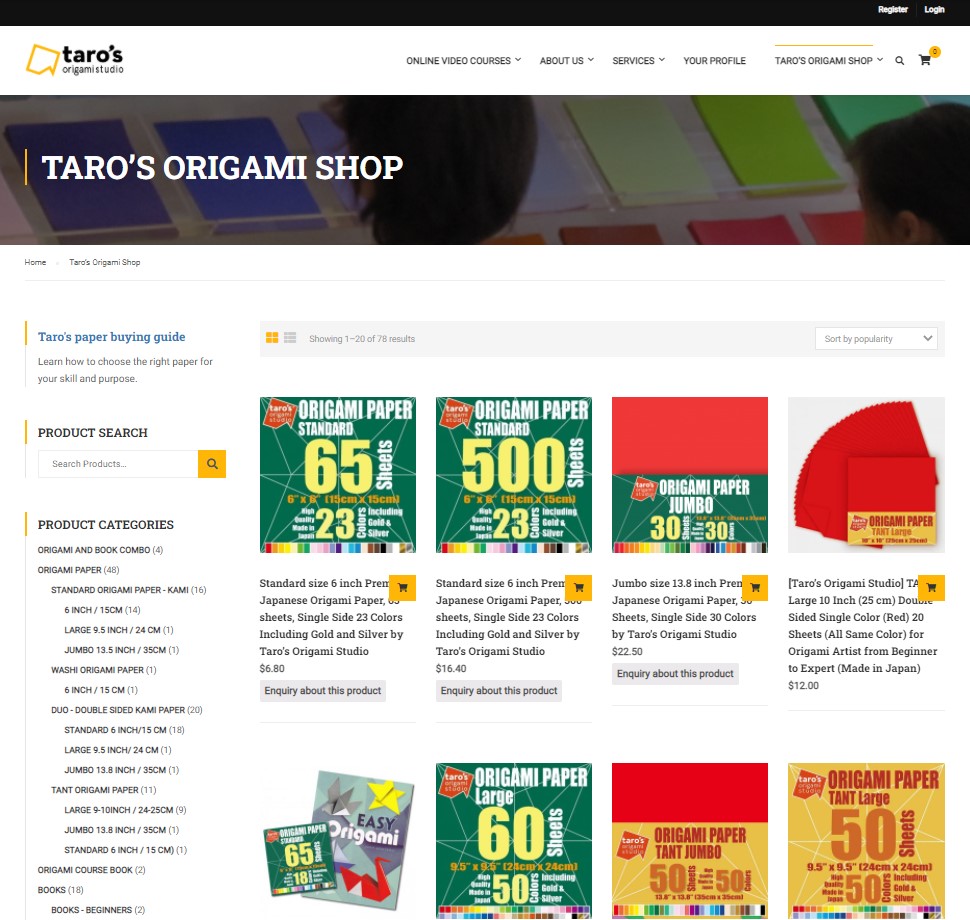A Guide to the World of Origami Paper:
The Paper Basics
High quality origami models are only as good as the paper that you start with. That means that for most origami projects, something like copy/printer paper or color craft paper simply won't do. In this comprehensive guide to origami paper we will teach you about all the different kinds and explain which is best for your project.
Printing-
The printing process in origami paper is critical to making paper that can be folded and resist cracking. High quality locations in Japan use non-toxic long-lasting inks that fill into the cracks in the fibers of the paper to create a very smooth folding surface. This process also means that when you fold the paper, the ink has penetrated to ensure the white doesn't show or crack through when creasing the paper. This is far superior to the cheaper process (most commonly done in Chinese papers to save on ink costs) of dying the fibers of the paper first to make colored paper. Take a look at our process below.
Paper Thickness-
The thickness of your origami paper is crucial to determining the types of models that you can fold, but there are trade-offs. Super thin paper can be folded into many layers without being bulky, but is often fragile and can break if folded in the same place repeatedly. On the other side of the spectrum, super thick paper will be very hard to crease multiple times but will be very strong. For example, think about the advantages and drawbacks of trying to fold a model with these types of paper:
- Facial tissue
- Copy paper
- A cardboard box
Obviously none of these paper are ideal for folding origami. One one hand, the facial tissue would be thin enough for lots of layers, but isn't strong enough to withstand a lot of folding and on the other hand, the cardboard box would be very strong, but too thick to fold very much at all. Paper made for origami tries to combine these two aspects by being both thin AND strong, but each type of origami paper is better or worse suited to different models. In fact, paper thickness is so critical to origami, often the paper you choose determines the types of models that you can make. Correspondingly, if you chose a model to fold- it can often only be folded out of certain kinds of paper, so start with what you care most about, (the models or the paper) and work from there.
Here is a quick video showing the exact thicknesses of the papers we offer and an overview of their features as well:
The Paper Types
1. Standard Origami Paper or " Kami":
The Best Paper for Most Folders and Models
The best paper for origami is called "Kami" (the Japanese word for origami paper), the standard origami paper. Kami comes from Japan in factories that have been around for generations and have staff that have honed their skills over many years. They start with white base paper and ink or stamp various colors and designs onto it depending on the type of origami paper being created. So one of the feature of the Standard origami paper is that it has color on one side and the other side is white. Uncolored standard paper (or a pure white sheet) is .066 millimeters, paper dyed on one side (like every sheet other than white) is .071 millimeters thick.
The standard origami paper" kami" varies in size from around 7.5cm x 7.5cm (about 3 inch) all the way up to 35cm x 35 cm (about 14 inch) squares and can be used for most kinds of origami.
+ Holds creases very well and is very easy to use.
+ Best for practice origami: It’s one of the least expensive versions of origami paper.
+ Perfect for simple or intermediate-level models, easy modulars, casual folding and beginners.
+ Larger sizes are the best starting option for super-complex models.
+ Standard is widely available.
+ Comes in a variety of around 100 different colors and most variety of different sizes.
2. Tant Paper:
The Best Paper for Showcasing your Origami
If you wish to display your origami work to others, we recommend using Tant paper. This paper has a beautiful patterned texture and a nice sheen on the surface. Tant has a thickness of .118 millimetres per sheet, so it is thicker than all standard sheets.
The meaning of the term Tant is "a lot," which means an abundance of color. Tant paper has become famous in the Japanese origami world because it is a dyed fiber paper that does not break even after repeated creases and can keep beautiful surface texture. Tant paper is made by Hokuetsu Paper Mill Company and is only made in Japan.
Tant paper is the most used paper among origami folders, after standard.
If the standard origami is a not-so-expensive paper for practice, then the Tant paper is the exhibition paper for the main event. In other words, Tant paper is more expensive compared to standard origami but it will upgrade the look of your origami creations.
3. Duo Color Standard
A Classic Two-Color Option
This paper is another kind of standard paper, but has both sides dyed with ink. When this is done properly, this requires a second inking process, but in cheaper versions of duo paper (particularly in China) the fibers themselves are dyed to save ink and money. It can be different colors on each side of the sheet, or it can also be the same color on both sides. This paper is more expensive than single color standard because of the second inking run, but less expensive than Tant. Duo is also only available in complimentary color combinations as well as the same color on both sides. Because of the extra layer of ink it is the thickest of the standard sheets measuring .076 millimeters per sheet.
4. Washi
A Paper with Texture
Washi is a traditional Japanese paper that’s made using long plant fibers. This paper has a very unique Japanese feel, and was originated by Japanese masters that have passed the skill on for generations. It is usually very thin and is often fabric-like to the touch. Washi paper comes in 50 sheet multicolored packs. Each sheet is .094 millimeters thick so it is thicker than all of the standard sheets, but thinner than Tant.
+ Washi is very thin, strong, and durable, and can be wet-folded because it has long fibers and there is no glue in the paper to hold it together.
+ Models folded with washi paper appear a bit more life-like because of the texture- the paper is very soft.
+ Every sheet is unique because of the fibers, and larger rolls are available.
- Washi is generally available only in basic colors.
5. Tissue Foil Paper
An Option for Advanced Folders
This paper has a color tissue paper to one or both sides of a sheet of aluminum foil sheet. Tissue foil is one of the easiest papers to use for origami, because it is a combination of foil and tissue paper. The foil makes it strong and stiff while the tissue makes it more flexible and can provide a wide variety of colors or patterns. In the past the only way to get this paper was to make it yourself, which can be costly and time consuming. It’s pretty thin, and can come in some of the largest sheets for origami paper available- up to 45cm squared (17 inches)
+ This is one of the easiest kinds of origami paper to use since it’s so thin and strong.
+ It comes in larger sizes, and is perfect for super complex folding
+ Each sheet is unique and has it's own texture.
+ It holds creases very well and the foil helps models hold their shaping.
- This paper is more expensive than others.
- It is an advanced paper and takes some practice to learn how to fold and shape the paper well.
6. Biotope Paper
A Highly Versatile Balanced Option
Most origami papers are designed for a specific purpose. For example, kami is great for practice, tant works well for modulars, and tissue foil is ideal for fine details. Biotope is an incredibly well-balanced paper that does a little bit of all of those, making it a great option for any model you can fold. Specifically it is around 52 GSM or arounf .08 mm thick, making it thinner than tant and thicker than kami. It is also stringer than a tissue foil and can be folded more times without cracking.
As a result, this is one of the most popular origami papers in Japan for folding origami.
+ This paper is prettier than cheaper options and photographs well.
+ It is thinner than Tant, making it a great choice for complex models.
+ Come in sizes up to 35cm squared.
+ It holds creases very well and is easy to reverse, makig it stronger than tissue foil.
- Color options are a bit limited.
- It is a balanced paper overall, but doesn't excel in an particular category.
7. Triple Tissue Paper
A Rare Handmade Option for Professionals
Triple Tissue Paper is a very rare origami paper produced by Taro's Origami Studio. Each sheet is handmade buy a member of our talented staff of origami folders. One layer of a dark color tissue provides color, and double layers of tissue on the lighter color side make sure there is no bleed-though on the white side. Triple tissue is one of the most beautiful origami paper because of its texture, and photographs exceptionally well. Best of all, this paper is highly sought after by origami professionals because it holds creases well, and is easy to shape models using wet-folding techniques.
*$6.00 handling fee will be added per shipment for this paper (we will put the paper in clear bag with a cardboard backing)*
Details:
+ Handmade by origami professionals.
+ 10.5 x 10.5 in/ 27 x 27 cm
+ Brown on one side, white on the backside is perfect for many animals.
+ This paper is prettier than cheaper options and photographs well.
+ It is thinner than Tant, making it a great choice for complex models.
- Color options are a bit limited.
- Sold as an individual sheet of paper.
- It creases well, but not as well as paper with a foil component.


